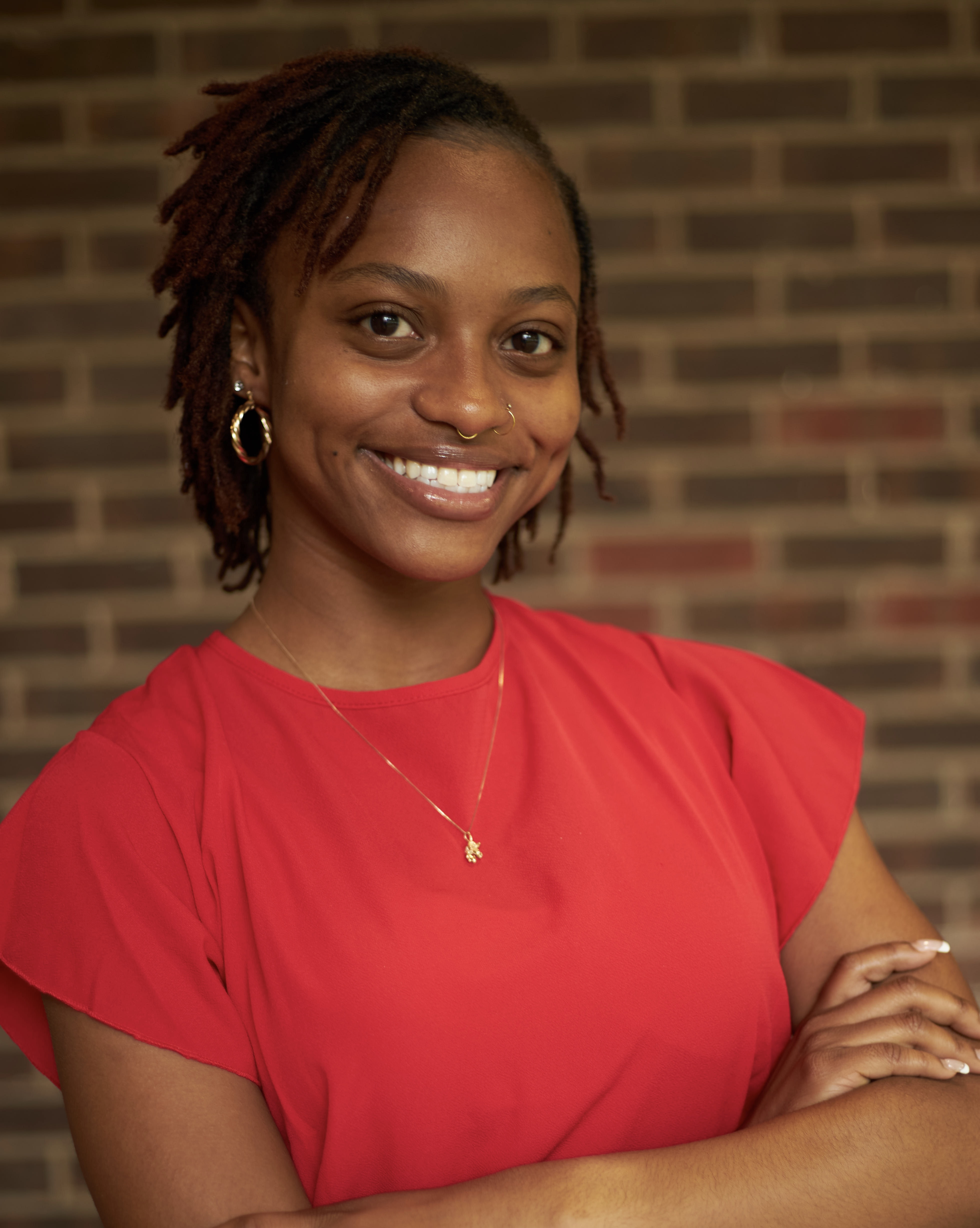Orthopedic and Rehabilitation Engineering
(L-447) Investigating Cortical Bone Development in Goat Phalanges from Neonates to Adults
- AW
Ashley Williams
Student Researcher
Center of MechanoBiology
Conyers, Georgia, United States 
Elijah Barnes
Student Researcher
Center of MechanoBiology
Virginia Beach, Virginia, United States- CP
Christopher Panebianco, PhD
Postdoc
University of Pennsylvania, United States - JB
Joel D. Boerckel
Assistant Professor of Orthopaedic Surgery
Department of Orthopaedic Surgery at University of Pennsylvania, United States - KV
Karin Vancíková
PhD Student
University College Dublin, United States - NN
Niamh Nowlan
Principal Investigator
University College Dublin, United States
Presenting Author(s)
Co-Author(s)
Primary Investigator(s)
Co-Author(s)
Bone development is essential for the overall health and functionality of an organism. Through the process of endochondral ossification, mesenchymal stem cells differentiate into a cartilage template, which ossifies into mature bone tissue. This process is highly dependent on external mechanical cues. Developing a better understanding of how bones develop in a large animal model that experiences similar loading to humans will improve our understanding of human bone development. To this end, the aim of this study is to enable future studies using this model to study mechanobiology of postnatal bone development. Specifically, we use micro-computed tomography (µCT) to quantify cortical bone development of the goat phalanges at 3 days (D), 1.5 months (M), 3M, 6M, 9M, 12M and 3.5 years (Y).
Materials and Methods::
To prepare the samples for imaging, each sample was securely wrapped in gauze and submerged in PBS. The procedure for imaging the phalange bones involved setting the following parameters: x-ray intensity of 145 µA, energy of 55 kVp, integration time of 400 ms and a resolution of 10.4 µm. Reconstructed µCT scans were contoured manually, and cortical bone analysis was conducted on 200 slices of the midshaft region. Significant differences in all bone parameters were found using one-way analysis of variance (ANOVA) with Tukey’s post-hoc test (α = 0.05).
Results, Conclusions, and Discussions::
Our results revealed notable patterns in the development of cortical bone properties over time. We observed a consistent increase in bone mineral density, indicating progressive bone mineralization throughout development. Similarly, the ratio of bone area to tissue area also increased, highlighting the proportional growth of bone in relation to the total tissue. Furthermore, our investigation showed that bone area, amount of space bone takes up, polar moment of inertia, and Imax over Cmax, the bone's increasing ability to sustain load-bearing functions as it matures, exhibited continuous growth throughout developmental time. Interestingly, bone area decreased between the 3M to 6M samples, which may represent a time of cortical bone remodeling.
We observed consistent development of bone mineral density and bone cross-sectional growth. Notably, we observed large inter-animal variability at early time points but low variability after 1.5 months, implying a steady rate of growth shown in these parameters in the later stages of development. Moreover, the varied differences observed in bone area, polar moment of inertia, and Imax over Cmax at each developmental time point suggest increasing efficiency in mechanical load-supporting function over time. Our findings also suggest the 3-6 month stage as a potential remodeling phase in the bone maturation process.
In conclusion, our study provides valuable insights into the timeline of cortical bone formation in the goat phalanges. The increasing trends observed in all measured parameters over developmental time indicated the progressive improvement in bone strength and load-bearing capacity. Meanwhile, bone area/tissue area and bone mineral density demonstrated relatively stable patterns over time within age groups. Characterizing the bone development process in a large animal model of endochondral ossification is crucial, as it helps identify key factors influencing bone maturation. This understanding can shed light on bone development mechanisms and guide efforts to prevent or mitigate bone malformations in both animals and humans. Our research establishes a baseline understanding of bone development. In future studies, we aim to manipulate the mechanical environment in this model to further understand how mechanical cues impact bone morphogenesis and adaptation.
Acknowledgements (Optional): : This work was supported by the Center for Engineering MechanoBiology (CEMB), an NSF Science and Technology Center, under grant agreement CMMI: 15-48571.
References (Optional): :
